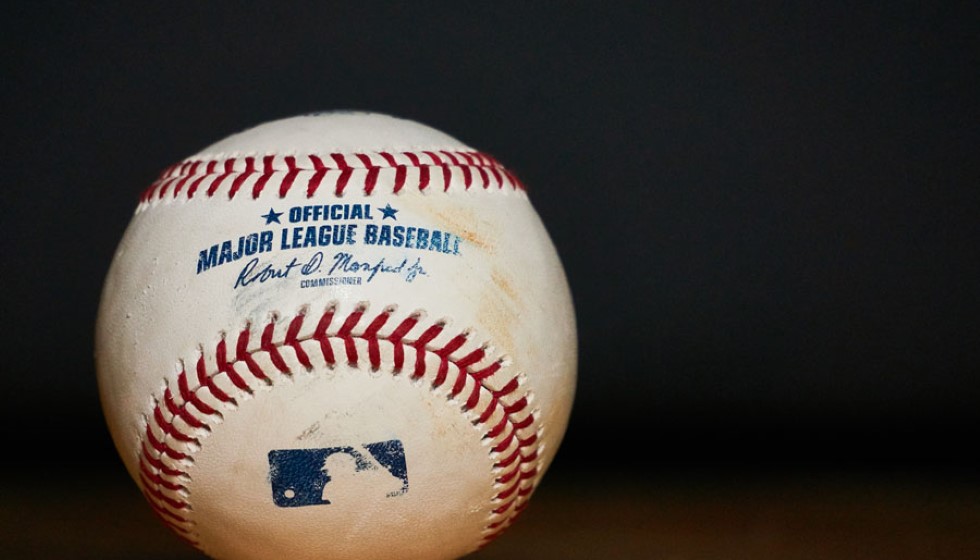
In a recent development that could alter the landscape of professional baseball, Major League Baseball has moved a step closer to implementing the Automated Ball-Strike (ABS) system. This technological upgrade has already seen action in various minor league levels, including Triple-A, and it's poised for its debut in the big leagues.
A Matter of Precision
Commissioner Rob Manfred has been vocal about the progress and necessity of fine-tuning the ABS system before it takes center stage in Major League Baseball. "One thing we learned with the changes last year is, a little more time is better than not enough time. Just in terms of making sure when you bring something to the big leagues, you've got to make sure you got it right," Manfred explained. This meticulous approach underlines the league's commitment to getting the technology perfectly tailored to the sport's highest level.
The ABS technology is renowned for its accuracy, measuring to within a hundredth of an inch. This level of precision could revolutionize how the game is officiated, reducing human error and ensuring a fairer playfield for all teams. "We have made material progress; the technology is good to 100th of an inch; the technology in terms of the path of the ball is pluperfect, number one," Manfred added, emphasizing the reliability of the system.
Testing and Feedback
Before ABS makes its way into Major League Baseball, it will be subjected to rigorous testing during spring training. This phase is critical for evaluating the system's real-time performance under conditions that mirror the regular season. The trial phase could begin as soon as 2025, indicating that the league is on a fast track to integrating this cutting-edge technology.
An interesting facet of this integration is the proposed challenge system, which allows each team to appeal pitches to the ABS system. However, the number of challenges will be strategically capped at three per game. This limit ensures that the game maintains its pace without being bogged down by excessive reviews.
Player-Centric Approach
Manfred has emphasized that player feedback has been instrumental in shaping how ABS will be implemented. "We have listened – me, in particular, and I've carried a lot of this water with the owners – to player input on how they want to see it rolled out. Our focus, obviously, the second half of this year is on the challenge system, and that is almost 100% based on player feedback," he stated. This player-centric approach could smooth the transition to ABS, fostering a sense of collaboration between the league and its players.
Early Indications and Global Implementation
ABS has already made waves in the Korea Baseball Organization (KBO), which implemented the system this season. The results have been promising, with the league's On-base Plus Slugging (OPS) increasing from .712 last year to .766 this year. This uptick in offensive productivity underscores how ABS can potentially enhance the gameplay experience.
Similarly, in the minor leagues, ABS initially led to an increase in strikeout and walk rates. However, after fine-tuning the strike zone, these rates stabilized, indicating that the system can adapt over time to better fit the nuances of the game. Furthermore, multiple current major league players have already experienced ABS during their time in the minors or on rehab assignments, making the transition smoother for them when ABS hits the majors.
Future Prospects
The journey to fully integrating ABS into Major League Baseball is one marked by careful consideration, extensive testing, and valuable player input. From Manfred's perspective, the incremental and thoughtful approach ensures that when ABS finally makes its debut, it will do so with the confidence of having addressed potential pitfalls and having earned the buy-in from players and stakeholders alike.
The road ahead may involve more trial phases and adjustments, but the end goal remains clear: leveraging technology to elevate the standards of baseball officiating, making America's favorite pastime not only more accurate but also more enjoyable for players and fans alike.